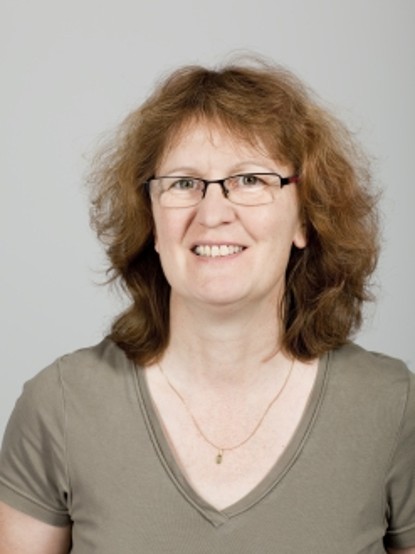Sharing research results with society
Team of ITN CoWet awarded Ralf Dahrendorf Prize 2019
2019/05/15
The team of the ITN CoWet have been awarded the Ralf Dahrendorf Prize for the European Research Area. With this new prize the Federal Ministry of Education and Research honours excellent projects funded within the European Framework Programme for Research and Innovation. The prize money of up to 50,000 euros is designated for science communication projects.
The focus of CoWet was on complex wetting phenomena. The project, which was coordinated by professor Tatiana Gambaryan-Roisman at the TU Darmstadt, also addressed a great variety of application-oriented problems:
How do active substances from foams and nanoemulsions in cosmetics have their effect on hair and skin? How do functional nanoparticles deposit on textile fibers or flexible polymer films? These products often contain complex fluids that are structured at different length scales. They can be dispersions, polymer melts, surfactant solutions, emulsions, foams or other liquids that show non-Newtonian behavior.
In numerous applications complex fluids encounter complex surfaces: Solid or soft substrates showing ordered or random topological patterns, chemical heterogeneities, porosity in the micro- or nanometer range. Complex surfaces also include adaptable or switchable coatings and soluble or viscoelastic surfaces.
Researchers of CoWet aimed at controlling the spreading of complex fluids on complex substrates and solved great challenges at the crossroads of Mathematics, Physics, Chemistry and the Engineering Sciences. CoWet was funded from January 2014 to December 2017 as a FP7-funded Marie Curie Initial Training Network.
Understanding the complex interactions between fluids and solids helps engineers in making industrial processes more efficient. Research in complex wetting phenomena is relevant for emerging technologies such as medical diagnostics or functional printing.
With the prize money of 50,000 euros the team will visualize the fascinating chemical and physical phenomena for a broader audience using varying imaging techniques and computer animations. The communication concept includes web videos, live experiments and other events such as mystery dinners or a liquid light show.
The European Research Area (ERA) secures and promotes Europe’s competitiveness: it enables mobility and cooperation of Europe’s most excellent scientists. The selected projects are awarded the prize for their contribution towards a better future for Europe’s society. The prize money of up to 50,000 euros is designated for science communication projects.
The prize is named after Lord Ralf Dahrendorf who was not only a committed democrat, researcher and communicator, but also European Commissioner for Research, Science and Education in the 1970s – a position in which he laid the foundation for today’s ERA and promoted the benefits of European science cooperation.
Federal Research Minister Anja Karliczek presented the six winners of 2019 with the prize at the ERA conference in Berlin on 14 May 2019.
The Initial Training Network CoWet has been funded from 2014-2017 within the the European Framework Programme for Research and Innovation (FP7). The team consisted of principal investigators and fellows from Germany, the Netherlands, Greece, Israel, Great Britain, Spain and Poland and several industrial partners crossing not only borders but also disciplinary boundaries of mathematics, physics, chemistry and engineering.






